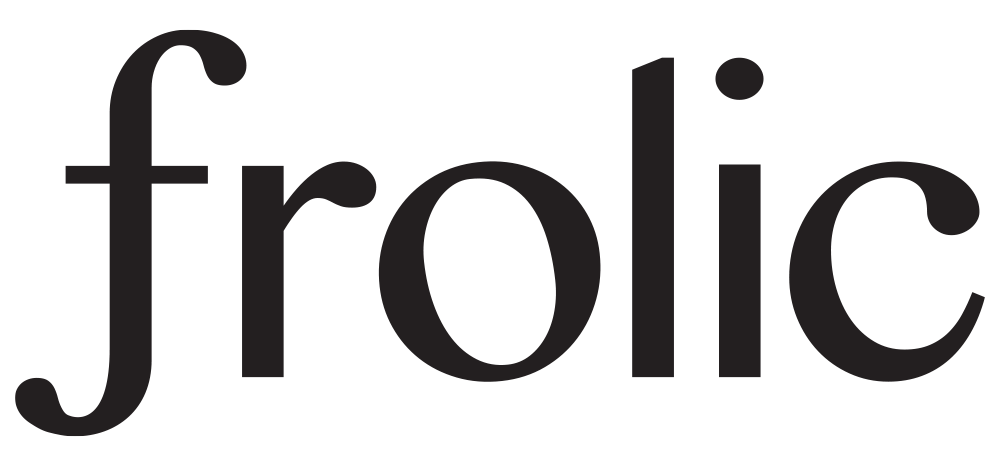Hey there! Let’s dive into the wonderful world of logo and brand files, shall we?
First, let’s talk about the difference between RASTER and VECTOR images. Picture a friendly rivalry between two artistic styles:
Raster Images:
What does ‘raster’ mean anyways?
Imagine a painter meticulously creating a masterpiece, one tiny brushstroke at a time. That’s how raster images work. They are made up of individual pixels, like tiny dots on a canvas. These dots contain specific color information, creating a detailed and realistic representation of an image. However, when you scale up a raster image, those pixels become more visible, resulting in a loss of quality. The image tends to get ‘fuzzy’ or ‘pixelated’. Photographs are raster images.
Common raster file types: jpg, png, tiff
Vector Images:
Vector file sounds fancy, and it is!
Think of vector images as a skillful sculptor chiseling away at a block of marble. Instead of pixels, they use mathematical formulas and lines to create smooth curves and shapes. These images are resolution-independent, meaning they can be scaled to any size without losing quality or becoming pixelated. It’s like magic! Vector images are ideal for logos and brand elements because they maintain their sharpness and clarity, even when resized. We always build our logos as vector files first so that you always have files without sizing restrictions.
File Types
Here’s a fun breakdown of the different file types and their common uses:
Vector PDF Files
Ah, the versatile vector PDFs! They allow for scalable high-quality logo files. With vector PDFs, you can preserve the crispness of your logo or brand elements while sharing them with others. They’re great for digital distribution, presentations, and collaborations, ensuring that your design remains intact across different platforms.
NOTE: not all PDF files are necessarily vector, but Frolic saves your PDFs as vectors specifically so you can have all of the vector benefits in a file format that’s easier to use and open in most software.
JPG Files (Raster)
(Joint Photographic Experts Group)
JPGs, the social butterflies of the file formats! They’re commonly used for web applications, social media, and sharing images online. JPGs are great for photographs and complex visuals, but they’re not ideal for logos or brand files that require a transparent background. These files can lose some details when compressed, so it’s best to avoid excessive resizing to maintain image quality.
PNG Files (Raster)
(Portable Network Graphics)
Introducing the PNG, the superhero with a transparent background! PNG files are excellent for web and digital use when you want your logo or brand to seamlessly blend with different backgrounds. They preserve the transparency and crispness of your design, making them perfect for websites, online platforms, and any digital space where you want your brand to shine.But, keep in mind they are a raster file and there are limitations in sizing them up.
EPS Files (Vector)
(Encapsulated PostScript)
This one is for the pros, industry professionals like designers, printers are social media marketing folks. BUT you need to have access to vector-based software like Adobe Illustrator to use these files. EPS files are fantastic for logo and brand files because they maintain their quality at any size. Think of them as the superheroes of the file format world, capable of scaling to both the tiniest business card or the largest billboard without losing any details. Frolic provides a Design&Print file in this format which includes all of your logo variations, colour swatches and any other brand elements we worked on together giving you and easily sharable file for your marketing, printing and publishing contractors.
NOTE: not all EPS files are necessarily vector, but Frolic saves your EPS files as vectors specifically so you can have all of the vector format.
So there you have it, a fun and friendly guide to logo and brand files! Whether you’re wielding the mighty EPS, the versatile vector PDF, or the transparently awesome PNG, you’re sure to make your brand shine in any medium.
